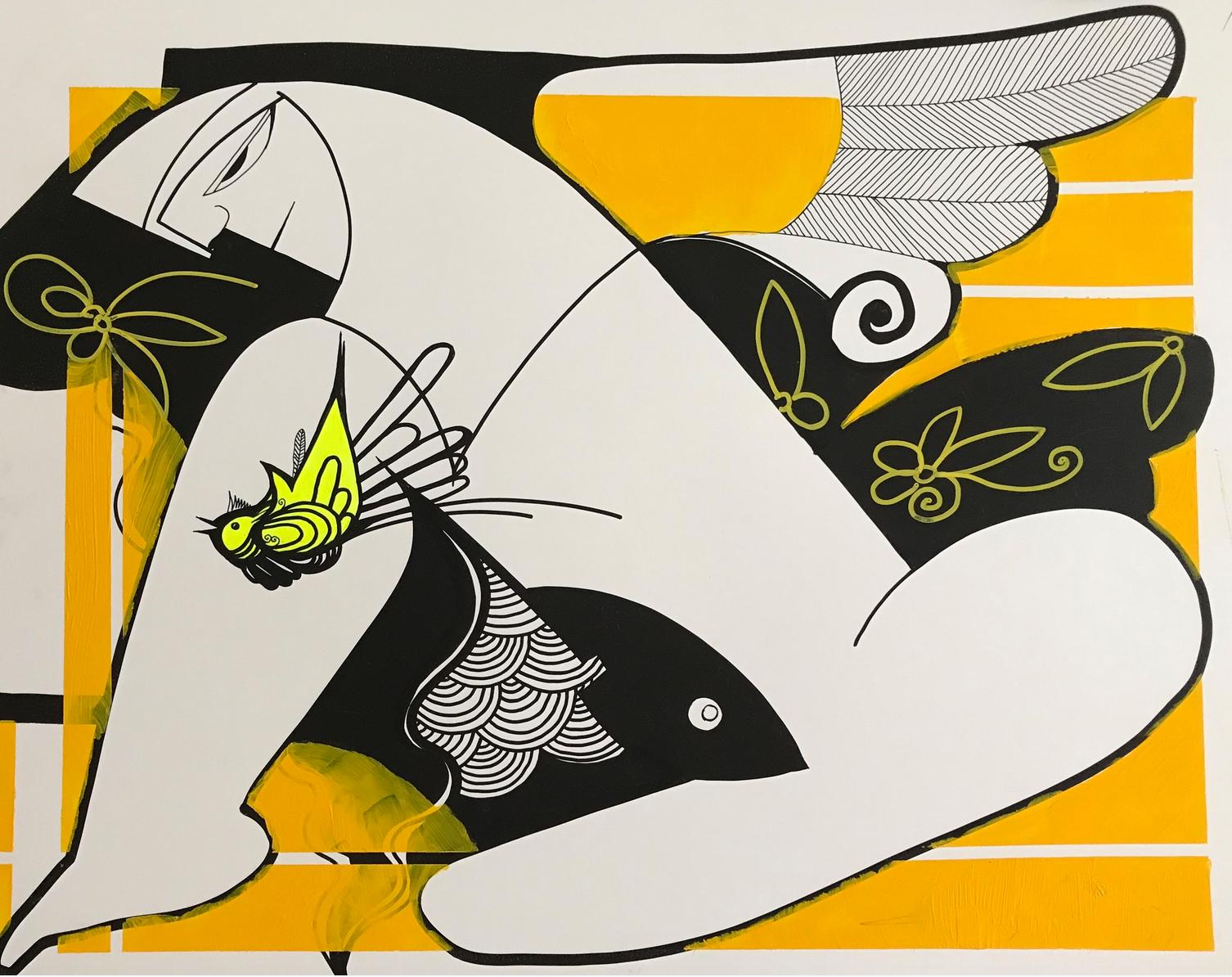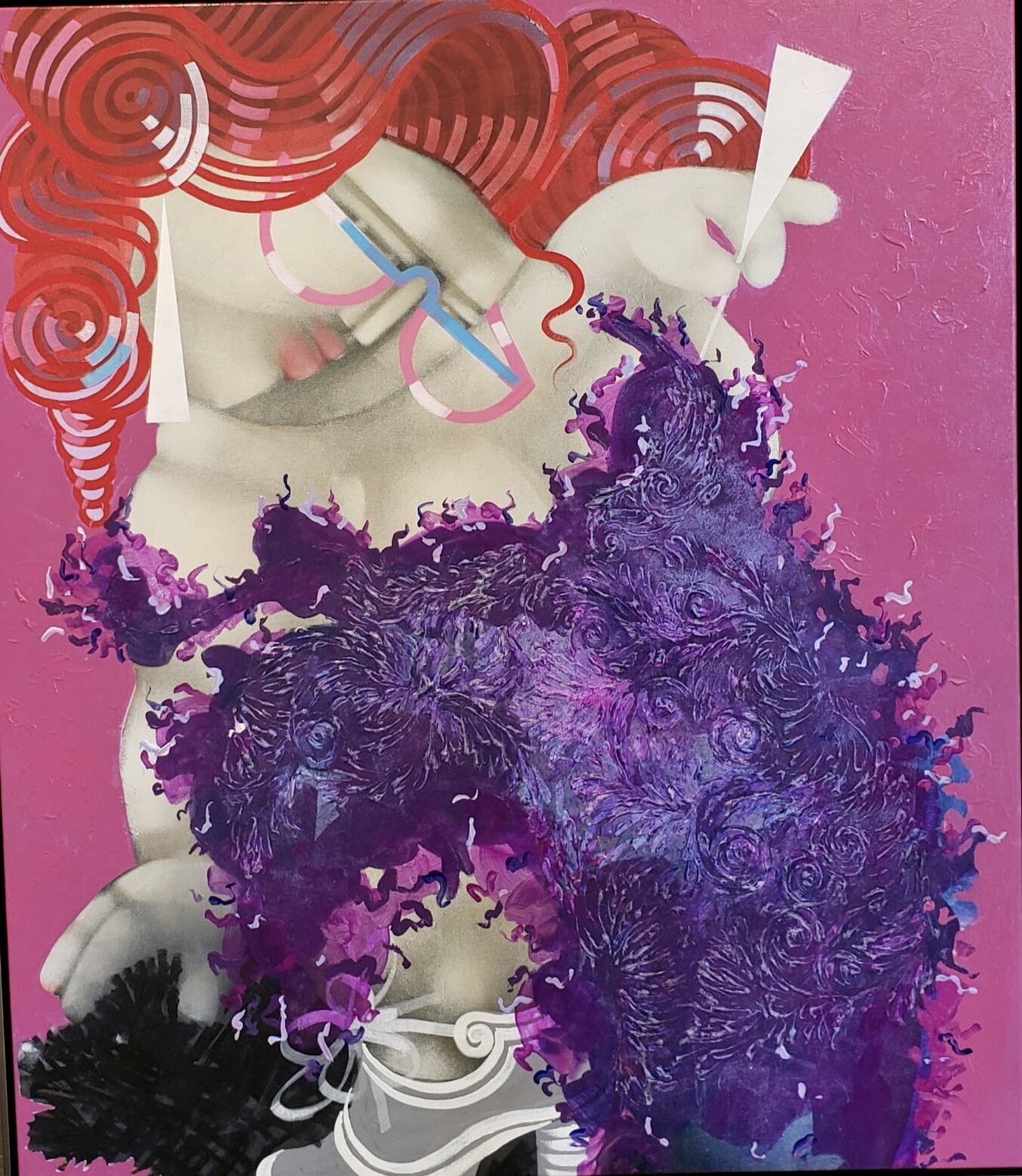Caio Borges
Caio Borges was born in the south of Brazil, where his pursuit of art began at a young age. Drawing and painting were two wonderful tools in the restless hands of a curious young man who desired to create. He considers himself a self-taught figurative modern, even with all of the training he accumulated through the years.
His pursuit led him to Rio de Janeiro, where he developed and honed his skills. In 1978, he attended the studio of Marly Faro where he studied pottery and sculpture. He participated in several conferences and won the prize artist of Clay in 1981. He also spent time researching and studying renaissance art in Florence and Rome.
A year later, in the collective studio of Florianópolis, Brazil, he in collaboration with a few artists, assembled a collective that put on art shows in Brazil and abroad. When he returned, he continued his activities with ceramics, creating a pottery studio where he taught lessons for a time. This phase culminated with the construction of his own studio in Pagara, Florianópolis, an area of wild nature and waterfalls that descend the slopes and make peaceful noise – it was ideal place for Caio to live and create.
The work of Caio Borges has been shown extensively in Brazil and internationally – at fairs, solo and group exhibitions in Italy, France, Greece, Portugal and Russia among others. This aura of pleasure, enjoyment and collaboration is still present in his work and is the source of creativity and motivation for him. Caio believes that creativity is a rainbow of colors and materials almost uncontrollable by an artist. His themes often emerge in a different line from that which the audience is accustomed to.
Caio’s style and process has steadily evolved over the years, influenced by styles such as abstract realism and analytic cubism. He was also influenced by artists like Edouard Manet, whose refusal to conform to convention was the source of much controversy, but also praise. You will notice a consistent theme in Caio’s work: the presence of the divine feminine. Often curvaceous and elegant and very much in protest against todays misguided notions by which “beauty” is defined. Caio’s work speaks to a part that exists deep within all of us, for the woman is the genesis of life. It is a celebration of the special women who carry the torch for all of us.
Deconstruction and Beauty Series
Caio’s work has continued to evolve and he has recently re-introduced a masculine and androgynous presence to his work, while still honoring a blueprint born from feminine. He’s using black and white in a way that gives color more impact, when he chooses to use it. He’s approaching art as a rogue who only knows how to create what is natural to him. His own sensibility has become his greatest influence which yields pieces that are unmistakably his own.





























